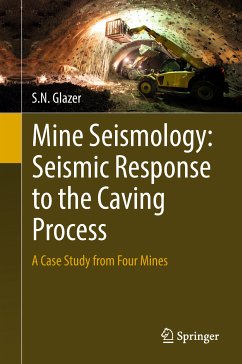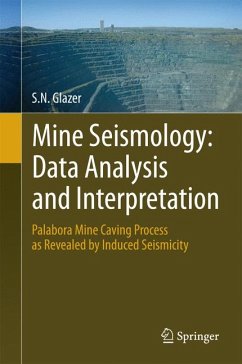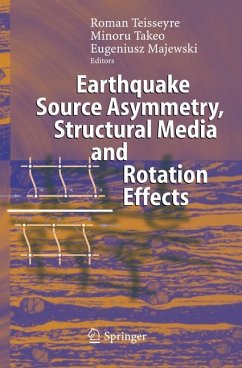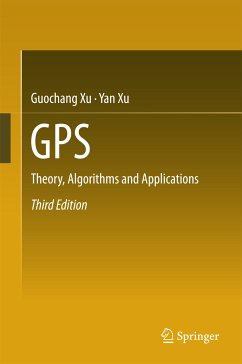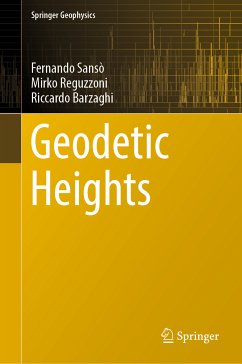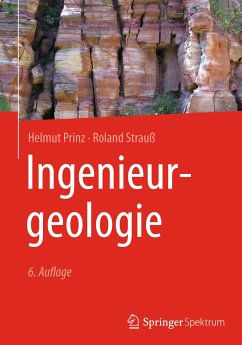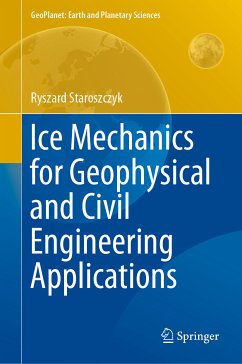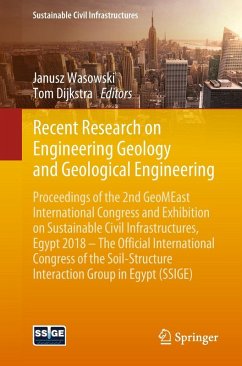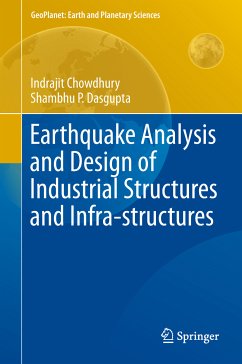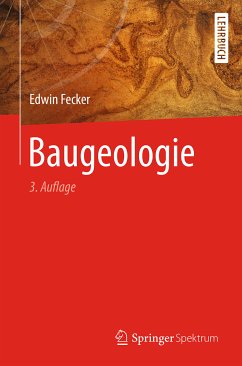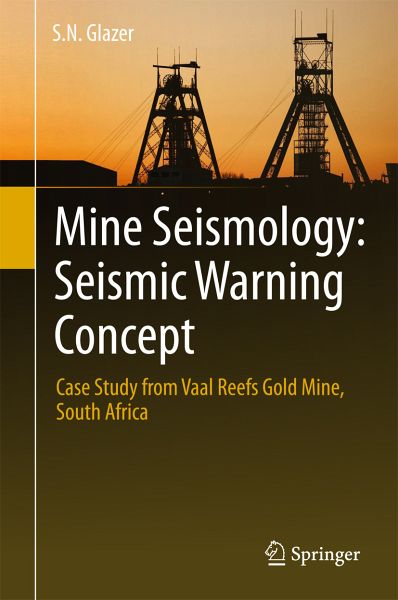
Mine Seismology: Seismic Warning Concept (eBook, PDF)
Case Study from Vaal Reefs Gold Mine, South Africa
Versandkostenfrei!
Sofort per Download lieferbar
40,95 €
inkl. MwSt.
Weitere Ausgaben:

PAYBACK Punkte
20 °P sammeln!
Illustrates that mine seismology can improve underground safety standards
Describes the apparent stress index concept history
Presents a list of practical applications of stress index in combating rock burst hazard
Explores the role of the seismologist, rock engineers, and mine management in the experiment's success
Reviews the reasons why the seismic warning as such was discarded
Describes the apparent stress index concept history
Presents a list of practical applications of stress index in combating rock burst hazard
Explores the role of the seismologist, rock engineers, and mine management in the experiment's success
Reviews the reasons why the seismic warning as such was discarded
Dieser Download kann aus rechtlichen Gründen nur mit Rechnungsadresse in A, B, BG, CY, CZ, D, DK, EW, E, FIN, F, GR, HR, H, IRL, I, LT, L, LR, M, NL, PL, P, R, S, SLO, SK ausgeliefert werden.



